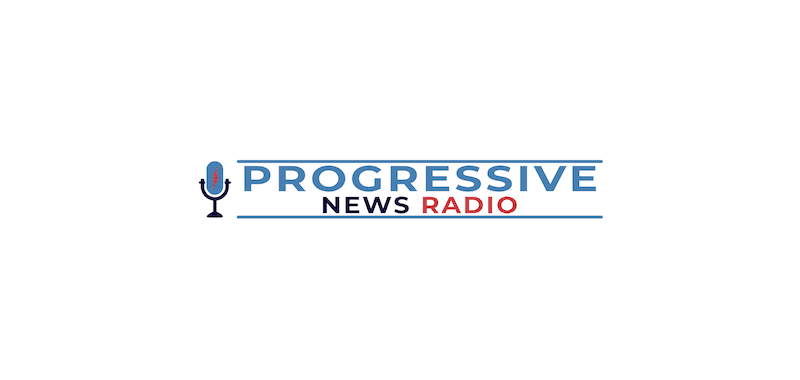As Valencia, Spain, reels from devastating flash floods and the U.S. Southeast recovers from hurricanes Helene and Milton, I, like many other parents, look at my own kids with increasing concern about the ailing world they will inherit.
If a climate haven like Asheville, North Carolina, lying 2,000 feet above and 300 miles away from the ocean, can be swept away by a single catastrophic storm, how can we possibly keep our children safe?
Scientists have shown that ocean warming due to climate change contributed to 50 percent more rainfall during Hurricane Helene. But ocean warming is just one of several examples of climate change that scientists see intensifying now and into the future because of human-driven fossil-fuel pollution.
I worry about future generations, not just as a mother but also as a primary care physician who has spent over 15 years treating patients. When I’m not in the clinic, I teach graduate students about the health impacts of climate change and work to ensure that our future doctors understand how the environment affects patients and communities.
A growing number of medical professionals share my concerns. In fact, climate change is recognized by the World Health Organization and 200 medical journals around the world as the “greatest threat to human health.” The American Medical Association, the National Academy of Medicine and several other medical societies also acknowledge climate change as a public health crisis.
Children’s health, in particular, is deeply intertwined with that of their environment, which means protecting the planet is an important part of caring for our kids. Children breathe more, are more sensitive to temperature extremes, and haven’t finished developing. So illnesses and exposures in childhood can carry forward throughout their life.
What’s more, kids are among those who will suffer the most from climate change. A report from the World Bank states, “A 10-year-old in 2024 will experience three times more floods, five times more droughts, and 36 times more heatwaves over their lifetime compared to a 10-year-old in 1970.” Extreme weather isn’t the only climate-related health threat kids face: My colleagues and I are also seeing an uptick in allergies and asthma due to higher pollen counts as well as more mosquito and tick-borne illnesses like West Nile.
The health effects of climate change aren’t just physical. We know kids’ mental health thrives on stability and routine, but wildfires, heat, and flooding have already led to school closures here in the United States and throughout the world. Even as I write this, many schools in North Carolina remain closed weeks after Hurricane Helene’s landfall, with no clear timeline for reopening. While remote learning was an option for some during the COVID-19 pandemic, the technology doesn’t quite work without power, phone or internet.
If we don’t act to limit global warming now, it will continue to intensify with profound implications for every single aspect of our kids’ lives. Future generations will see more food and water shortages, more poverty and less stability and security. Put simply, the climate will increasingly determine how our kids learn, what they can eat, what sports they can play or if they can be outside at all.
Despite the established scientific consensus that climate change is real and that humans are causing it, over one-fifth of Congress publicly denies its existence.
In previous national crises, like the COVID pandemic, we saw how the decisions made by our elected leaders, both locally and nationally, impacted the safety of our communities. The pandemic also taught us that we cannot begin to address a problem until we acknowledge it, and the most vulnerable among us do not have the luxury of debating the existence of something they are too busy surviving.
While the science is clear on the health impacts of climate change, it is also clear that, with immediate action, we can still prevent the worst outcomes. Next month’s election is a historic opportunity for all of us to decide whether we will prioritize and protect the health of future generations by electing climate champions or hand our kids a world that is less safe, less predictable, and incompatible with many of the things we grew up taking for granted.
We don’t have time for elected officials who peddle conspiracy theories about weather control or refuse to accept the reality of climate change. Our kids deserve better.
Come November 5, we can either stick our heads in the sand or stand up for our kids and face our collective crisis by voting for climate champions. If you aren’t sure where your candidates stand on this issue, you can start with the League of Conservation Voters scorecard.
For many in the U.S., Hurricanes Helene and Milton were a wake-up call, but climate change has been devastating communities around the world for years. How we recover as a nation and how we prevent future disasters will have a lot to do with the outcome of this election.
It is our parental duty to show up and choose carefully.
Sheetal Khedkar Rao is an internal medicine physician.


